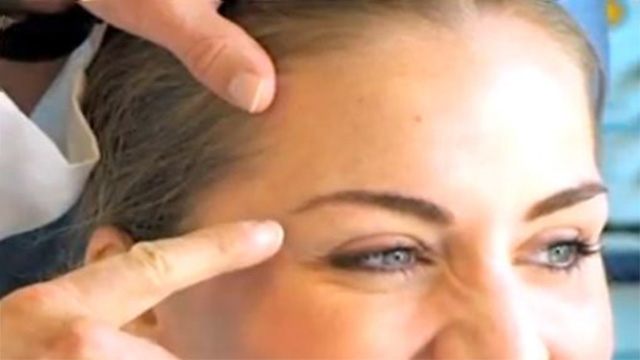SUMMARY
This is AI generated summarization, which may have errors. For context, always refer to the full article.

MANILA, Philippines – Most people know botox as “liquid youth,” injected to different parts of the face to reduce wrinkles and other fine lines brought about by ageing.
But more than simple cosmetic procedures, botox can also help people who suffer from different medical conditions.
A brief backgrounder
It was in the 1940s when scientists first discovered that the toxin produced by the bacteria that causes tetanus (clostridium botulinum) has the effect of relaxing overactive muscles. However, it was only in the 1960s and 70s that studies were made to explore the use of botulinum toxin A — the generic name of Botox — to treat people with strabismus or crossed eyes.
Just as people have come to use the brand name of Xerox to refer to a photocopying machine, the product we now know as Botox is a registered trademark of Allergan Inc., a global multi-specialty healthcare company based in the United States (different manufacturing companies have different names for botolinum toxin A).
So, yes, Botox is not just for vanity. Celebrities like Kim Kardashian, Courtney Cox, Marcia Cross, Nicole Kidman, Demi Moore, Jennifer Aniston and even British chef Gordon Ramsay may have admitted to using it as an anti-aging tool, but it can be helpful to you and me, too.
Here are conditions that celebrities and non-celebrities may have and are dealing with that Botox may be of help:
1) Crossed eyes
Also known as strabismus, being cross-eyed is a visual defect where the eyes don’t align properly with each other.
It was in 1989 when Botox therapy was approved by the FDA to treat certain types of eye muscle problems like strabismus and abnormal spasms of the eyelids. They do this by injecting Botox directly into the muscles surrounding the eye.
2) Urinary incontinence
Botox has also been used to treat people who can’t seem to control their urinary functions.
Patients who have suffered a stroke, have multiple sclerosis or a spinal cord injury usually experience an overactive bladder. This causes them to leak urine frequently and sometimes unexpectedly. Injecting Botox into the muscles of the bladder has been known to be an effective treatment.
3) Chronic migraine
If you have a history of experiencing migraines and headaches that last for 15 or more days per month — with headaches lasting 4 hours a day or longer — you’re experiencing chronic migraine.
For those patients, a simple pill just won’t do. Botox injections have been used to treat patients who suffer from chronic migraines.
4) Severe sweating
Hyperhidrosis is the medical term for severe sweating where patients’ armpits sweat up to 4 or 5 times more than normal.
It was in 2004 when the FDA approved the minimally invasive treatment of injecting Botox into the affected area to treat the symptoms of severe underarm sweating.
5) Spasticity
Often experienced by patients who have suffered a stroke, spasticity or stiffness in the upper limbs produces spasms as well as tight muscles in the elbows, wrists, fingers or sometimes a clenched fist.
Because of this condition, most patients find it hard to perform normal tasks. By injecting Botox into the affected muscles, it blocks overactive nerve impulses that trigger contractions to reduce spasms.
While all these alternative uses for Botox spell good news to patients, remember that — if you’re planning to receive a Botox treatment whether for cosmetic or medical reasons — it is wise to do the proper research on the right physicians licensed to administer Botox (else you run the risk of ending up with a botched job and a bigger problem, medically and financially).
In the Philippines, contact the Philippine Dermatological Society (PDS) and the Philippine Association of Plastic, Reconstructive and Aesthetic Surgeons (PAPRAS) for the list of the right doctors to approach. – Rappler.com
Add a comment
How does this make you feel?
There are no comments yet. Add your comment to start the conversation.